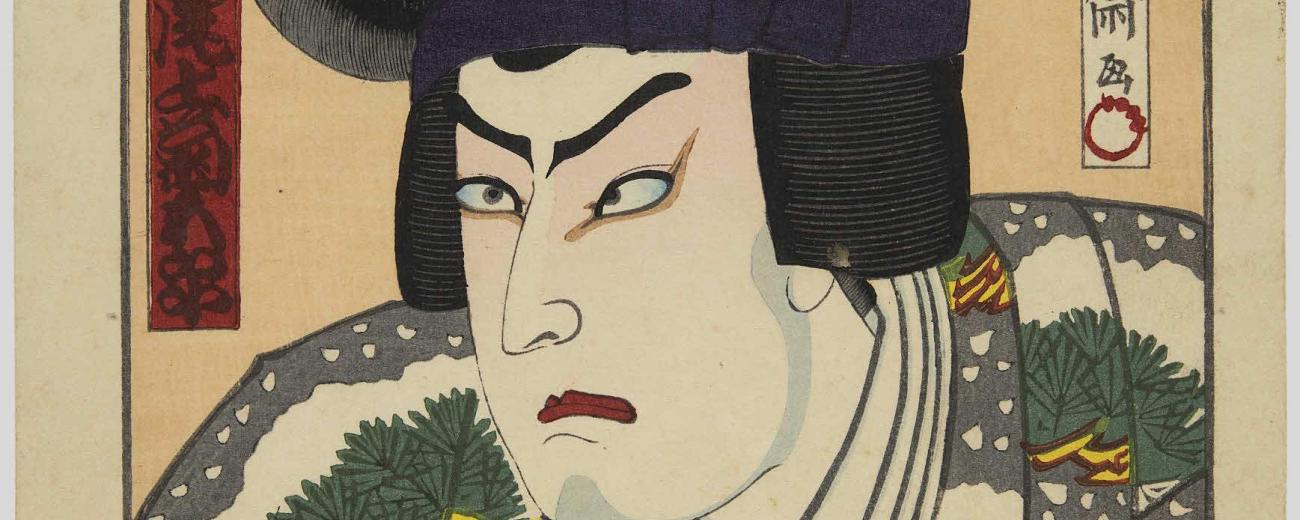
The End of Actor Prints (役者絵): How did the Meiji era's actor prints disappear?

Key information
- Date
- Time
-
5:00 pm to 7:00 pm
- Venue
- Russell Square: College Buildings
- Room
- Khalili Lecture Theatre (KLT)
About this event
With the ongoing boom of Hokusai and the growing popularity of Kuniyoshi and Yoshitoshi, Ukiyo-e has received unprecedented attention in Japan.
In terms of research, the growth of online Ukiyo-e databases has released the field from the monopoly of art historians and has made it a research resource for various fields of Japanese studies. As a result, the number of research themes dealing with Ukiyo-e has expanded remarkably, and the number of researchers looking into prints of actors has increased, which have traditionally received less attention than prints of beauties and landscape prints.
Despite the increased interest in history of actor prints, there seems to be no study that mentions how or why actor prints disappeared in the late Meiji to Taisho eras. This period is an important turning point not only in the history of prints, but also in the history of theatre and the diversification of media. This presentation will discuss how and why actor prints disappeared during the Meiji and Taisho periods.
浮世絵は、北斎ブームが続いている上に、国芳や芳年などへの人気も高まり、日本でもかつてない注目度となっている。
研究の面では、浮世絵オンラインデータベースが成長して、美術史家の独占状態から解放されたため、さまざまな日本研究の分野で研究資源として活用されるようになった。そのため、浮世絵を扱った研究のテーマの拡大が著しく、従来、美人画や風景画と比べて、研究が滞っていた役者絵についても、研究者が増えてきていることも実感させられる。
発表者にとっても、役者絵の歴史について紹介する機会が増えてきているが、役者絵の最晩年、それはどのように消滅していったのかについて言及している研究は存在しないようである。役者絵が消滅した明治末から大正時代は、版画史に止まらず、演劇史を考える上でも重要な転換点であり、メディアの多様化ともからんで興味深い時代である。本発表では、明治期から大正期にかけて役者絵がどのように消滅していたったのかについて述べてみたい。
About the speaker
Ryo Akama is Director of Art Research Center and Professor at the College of Letters at Ritsumeikan University. He specializes in the study of Kabuki and Ukiyo-e archives. After opening a database of 50,000 Ukiyo-e at the Theatre Museum of Waseda University to the public, he started the Ukiyo-e digitization project at the V&A in 2003, followed by a collaboration with the British Museum, and a large-scale digitization project of Japanese cultural resources held by museums and libraries in Europe and America.
In addition, the Art Research Center was established as a center for the study of digital humanities in Japan. The Ukiyo-e database and old Japanese books database operated by him at the Art Research Center are the largest in the world.
Registration
This event free, open to the public, and held both in person and online. If you would like to attend, please register using one of the links above.
- Organiser: SOAS Japan Research Centre
- Contact email: centres@soas.ac.uk


